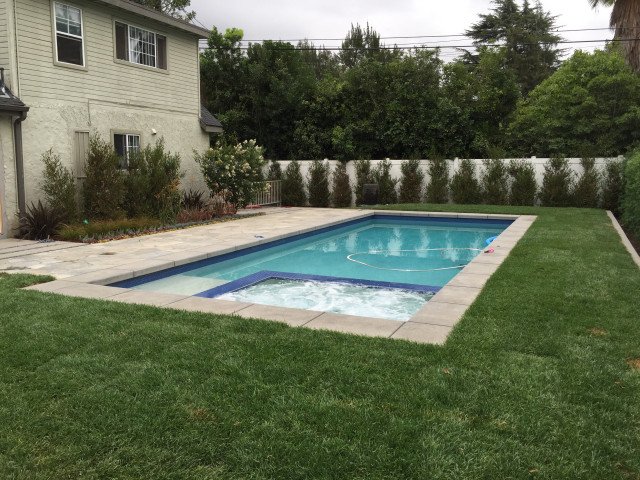Exploring Techniques for Accurately Measuring Pool Surface Hardness
A well-maintained gunite pool can be a haven of relaxation and enjoyment during the sweltering summer months. Beyond the sparkling water and beautiful design, ensuring the longevity of your pool requires careful attention to details like surface hardness. In this article, we will delve into the importance of accurately measuring pool surface hardness and explore effective techniques to balance hardness levels in a gunite pool, ensuring both its aesthetic appeal and structural integrity.
The Significance of Measuring Pool Surface Hardness
Pool surface hardness plays a pivotal role in the overall maintenance and longevity of your gunite pool. The hardness of the pool's surface determines its resistance to wear, impact, and chemical treatments. If the surface is too soft, it becomes vulnerable to scratches, stains, and potential structural damage. Conversely, an excessively hard surface can compromise swimmers' comfort and lead to premature wear on pool equipment. Striking the right balance is essential for the optimal enjoyment and durability of your pool.
Techniques for Accurate Hardness Measurement
Accurately measuring the hardness of your pool's surface is a multi-faceted process that requires the right tools and techniques. Here are some effective methods to consider:
Pencil Hardness Test: This method involves using pencils with varying degrees of hardness to scratch the pool's surface gently. The pencil that leaves a mark without scratching the surface indicates the pool's hardness level. This qualitative approach offers a quick initial assessment.
Durometer Test: Employing a durometer, a specialized device, provides a quantitative measurement of the pool surface hardness. The durometer presses a defined force into the surface and measures the resulting indentation depth. This method offers precise and standardized results.
Chemical Testing: While not a direct measure of surface hardness, monitoring water chemistry is crucial. Imbalanced water chemistry can lead to scale buildup, affecting the pool's surface over time. Regular water testing and adjustments can indirectly contribute to maintaining the desired hardness.
How to Achieve Balanced Hardness Levels in a Gunite Pool
Balancing hardness levels in a gunite pool involves a combination of proactive measures and consistent maintenance:
Regular Testing: Implement a routine testing schedule to monitor the pool's surface hardness. Periodic tests provide insights into any changes and enable timely corrective actions.
Professional Consultation: Seek guidance from pool experts who can analyze the test results and recommend appropriate measures. They can help you adjust chemical compositions and treatments for optimal hardness.
Surface Protection: Consider applying sealants or coatings designed to enhance and protect the pool's surface hardness. These products act as a shield against chemical damage, UV rays, and regular wear.
Maintenance Practices: Embrace pool-friendly cleaning tools and practices to prevent surface damage. Regular cleaning and maintenance help mitigate the accumulation of debris and chemicals that can impact surface hardness.
Conclusion
Measuring and balancing pool surface hardness in a gunite pool are pivotal steps towards maintaining its beauty, comfort, and longevity. By employing accurate measurement techniques and adopting a strategic approach to hardness balance, you're investing in the ongoing enjoyment and preservation of your pool. Remember that the right balance not only enhances the aesthetic appeal of your pool but also ensures a safe and durable swimming environment for years to come.
